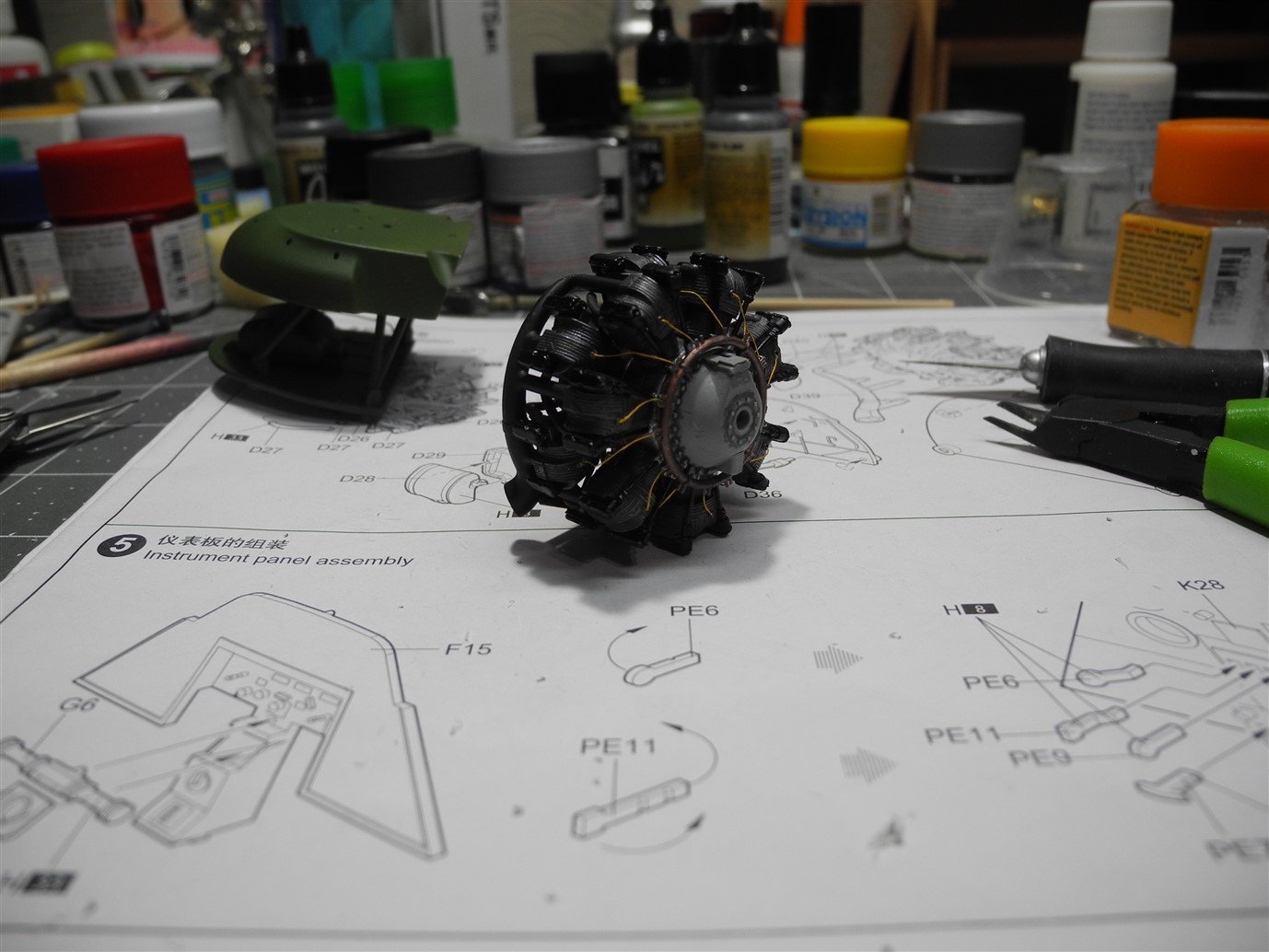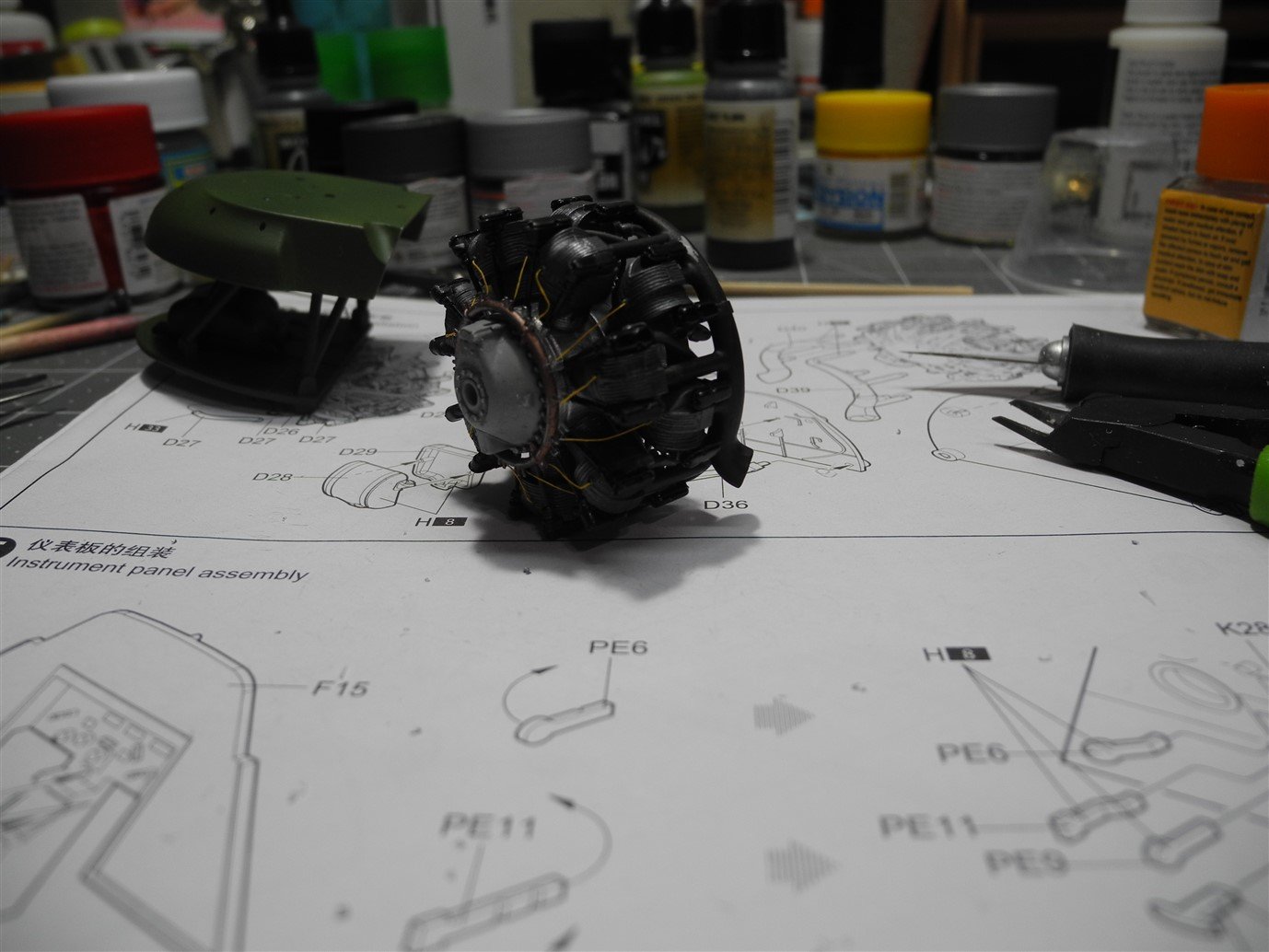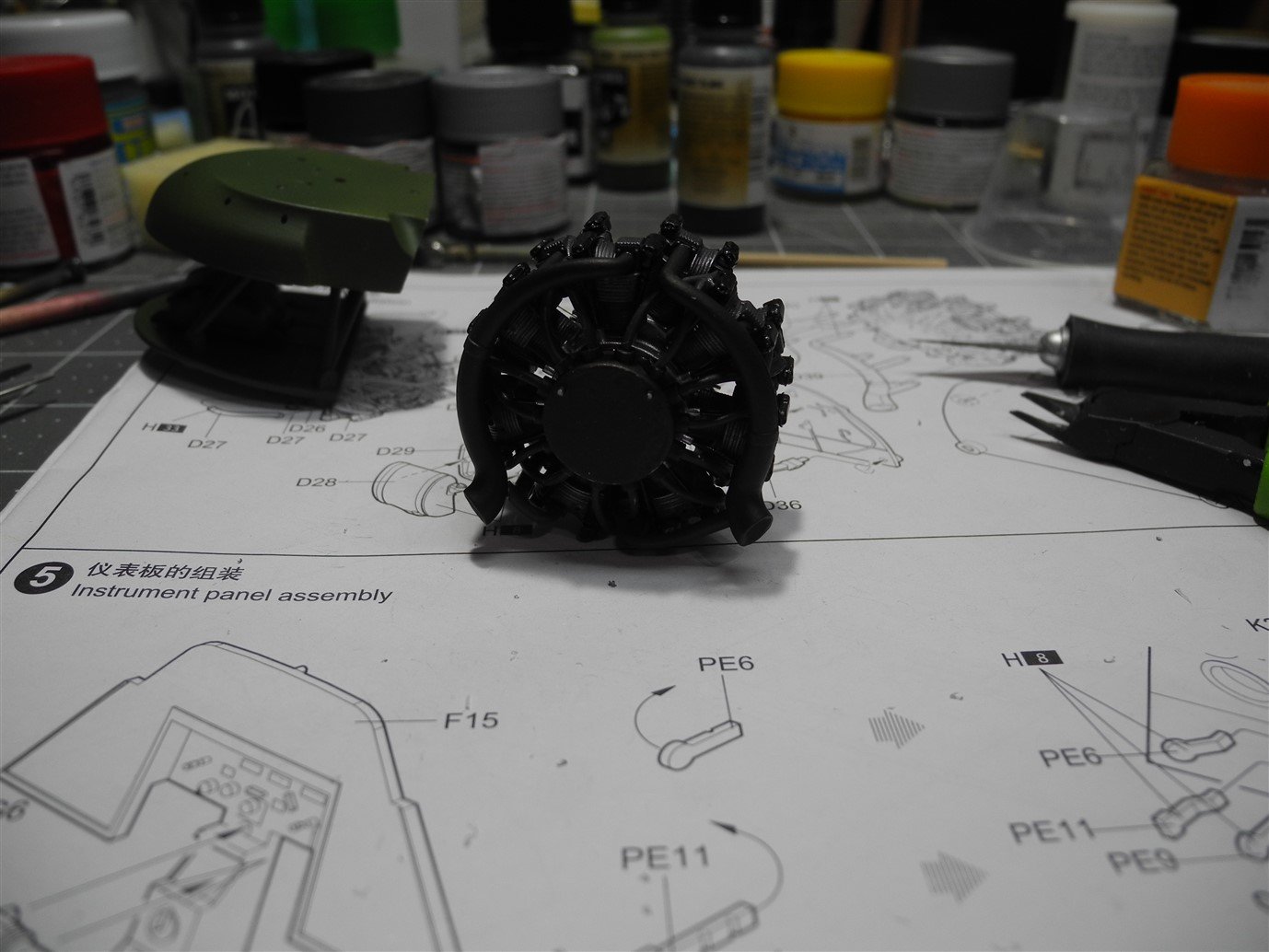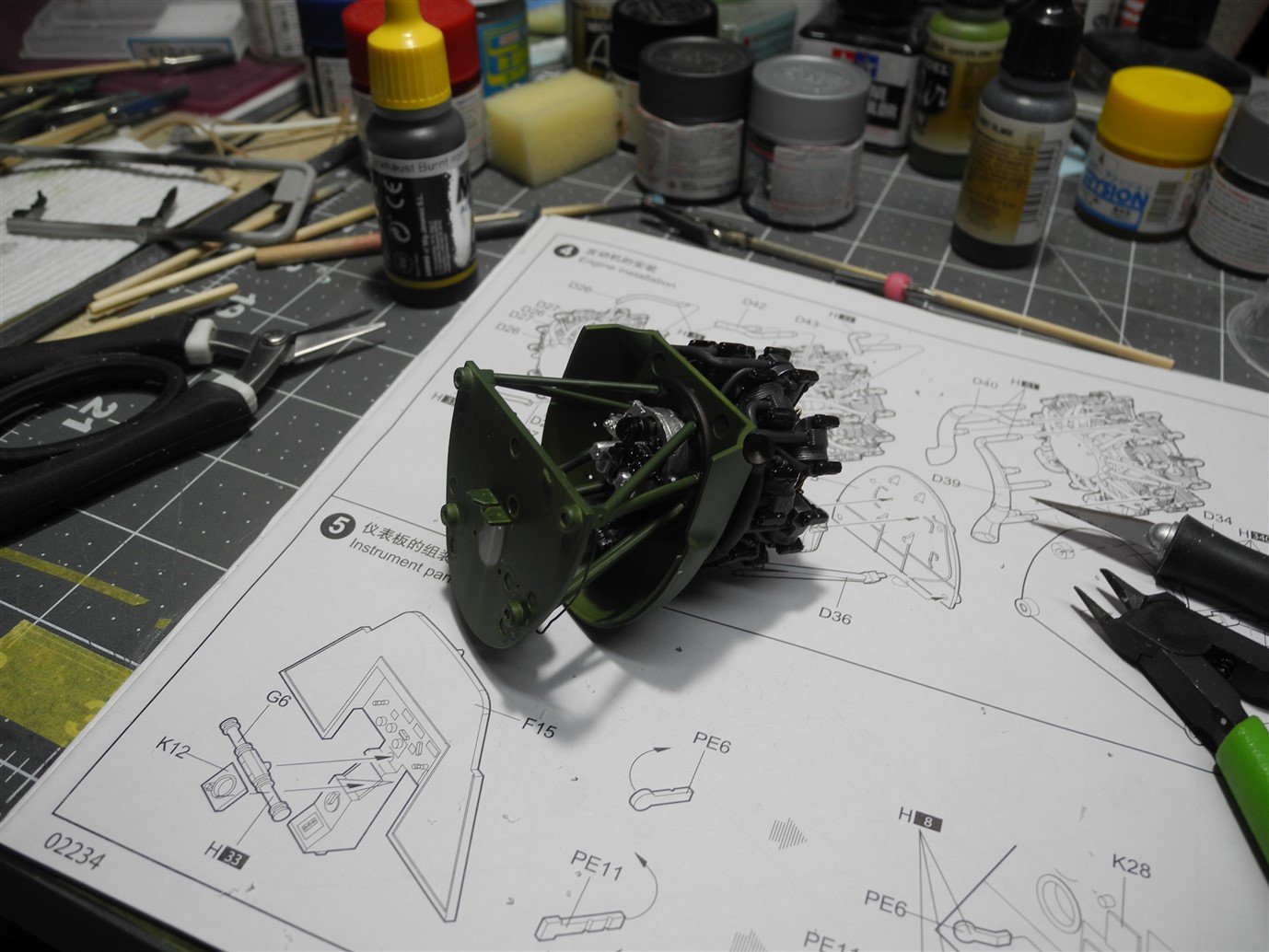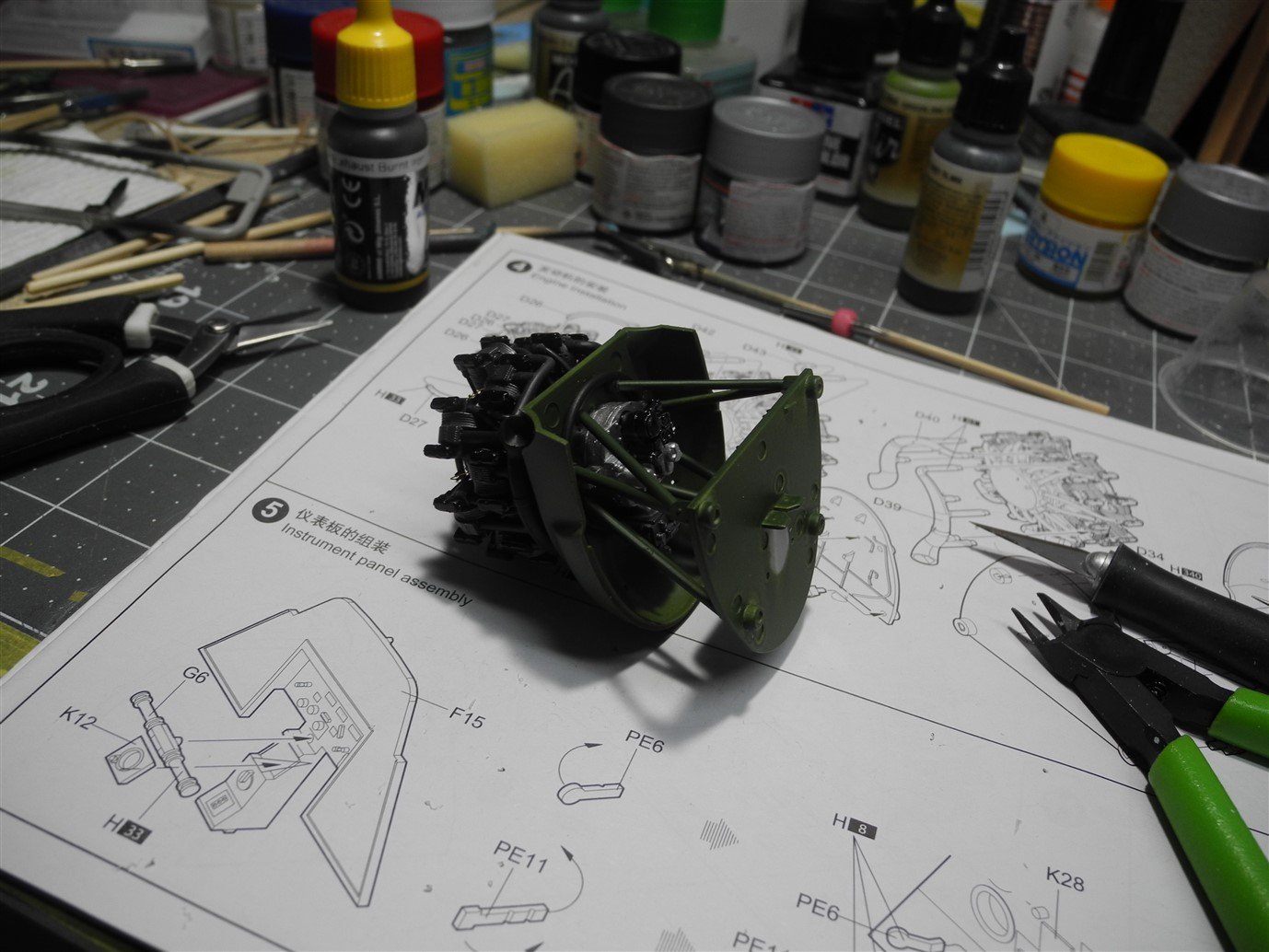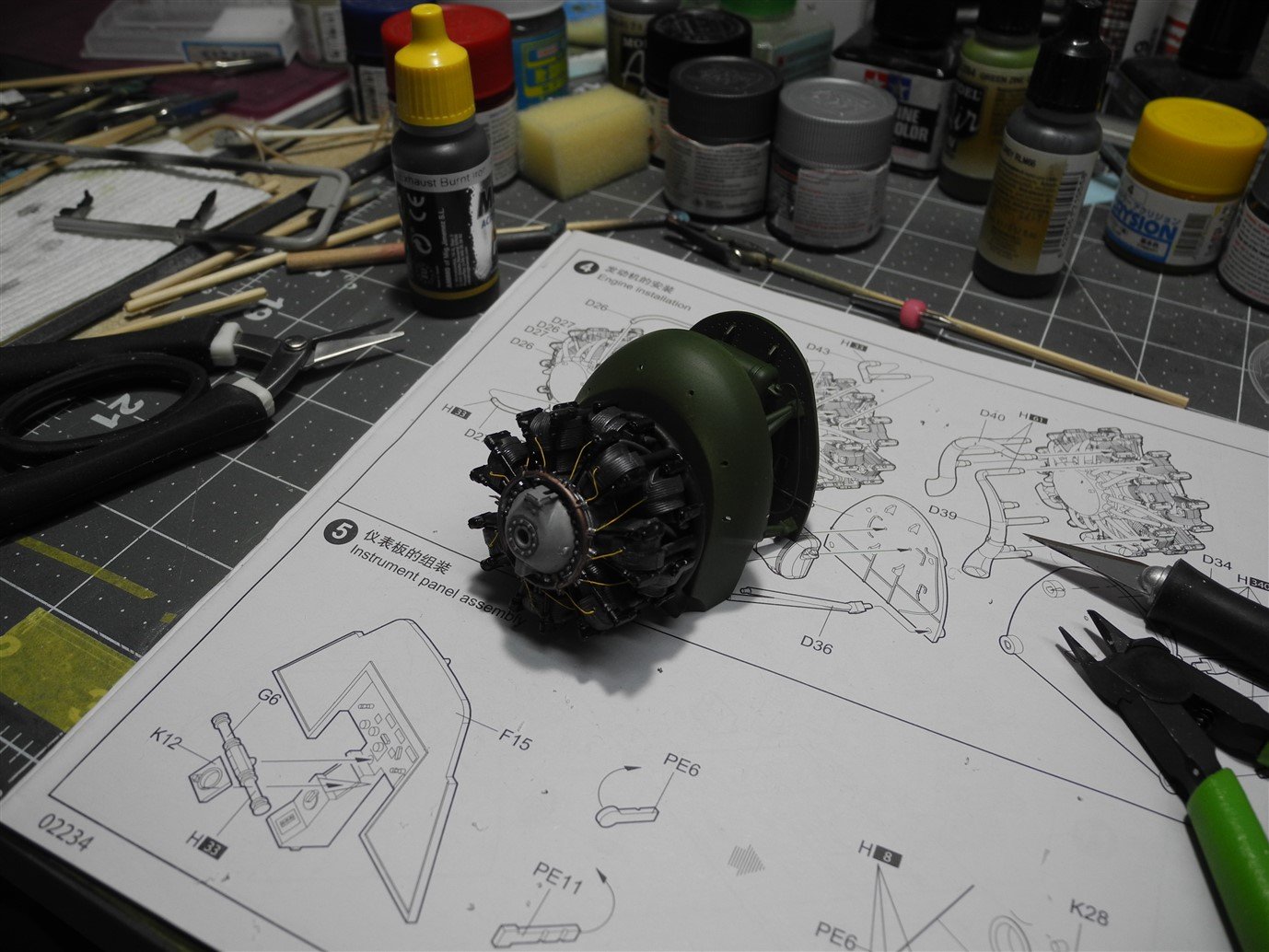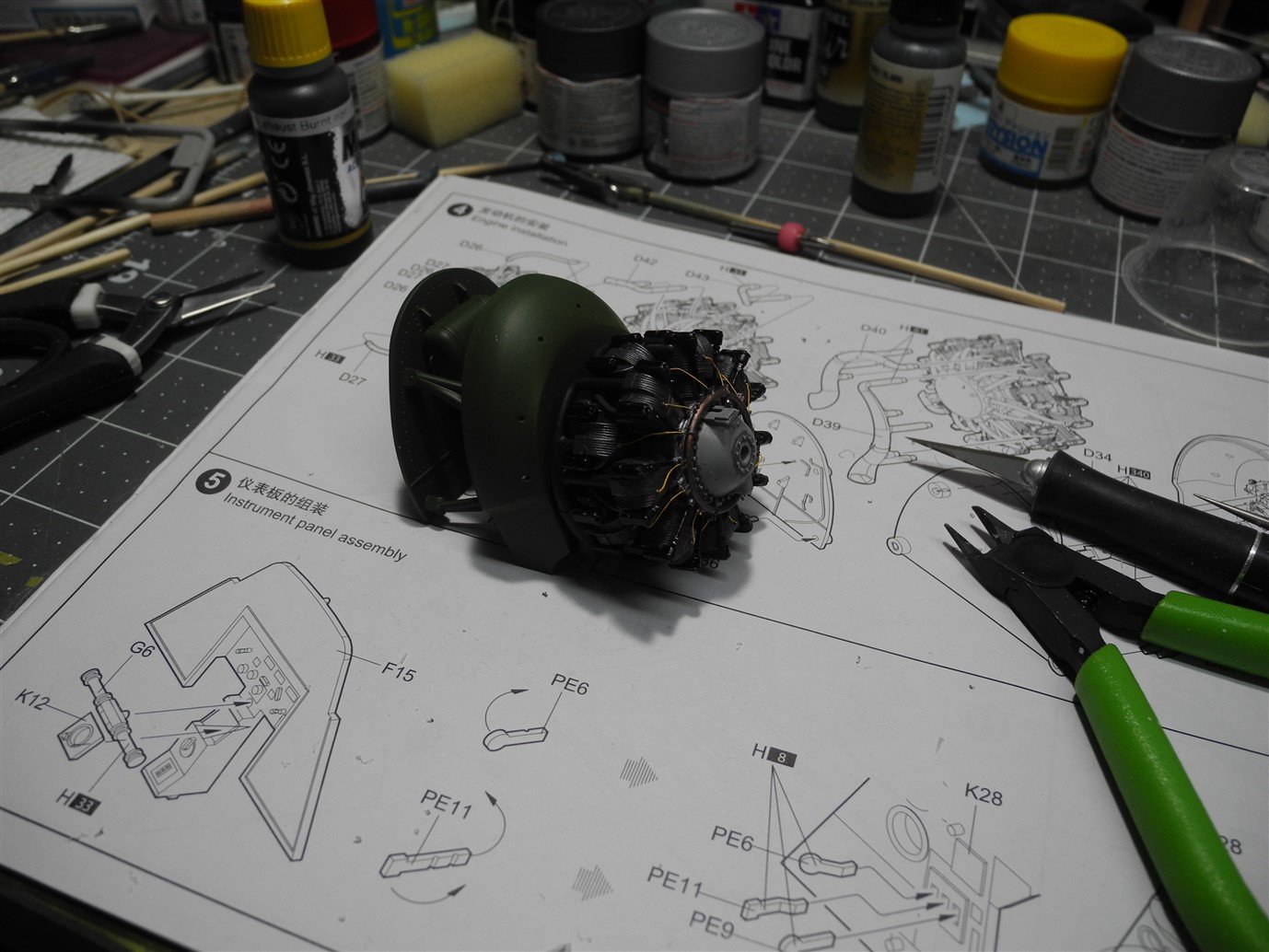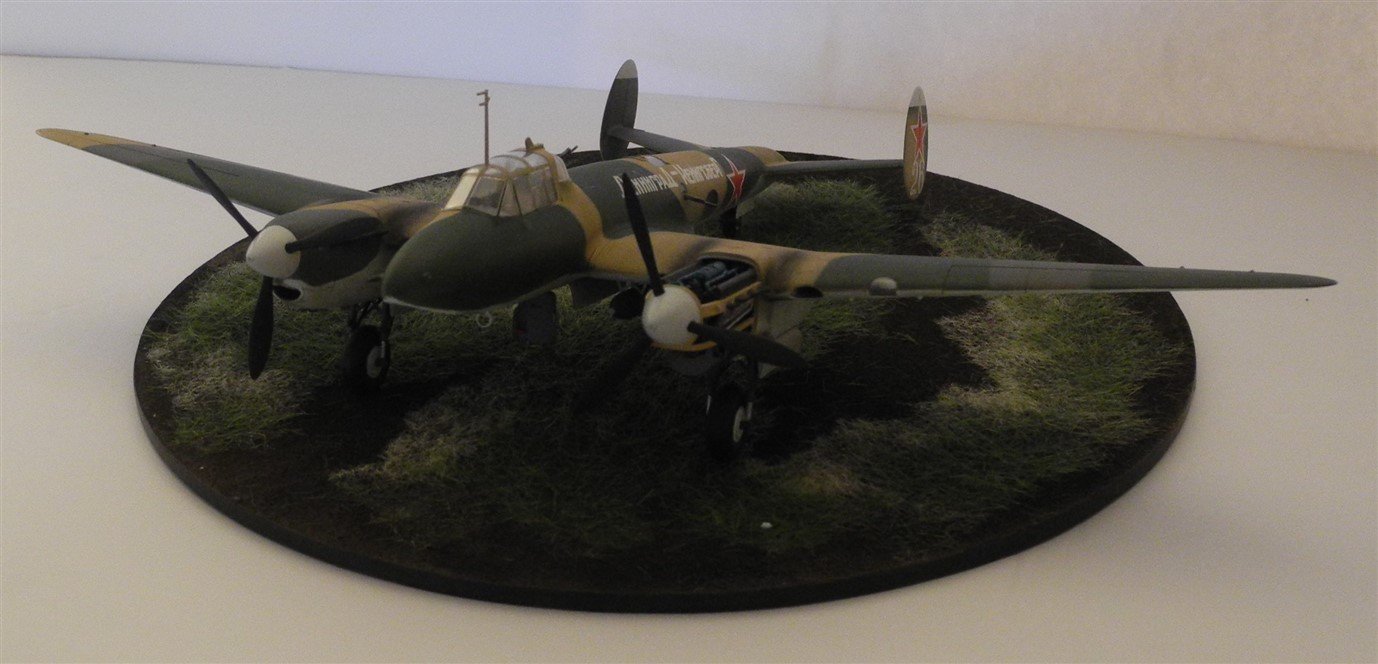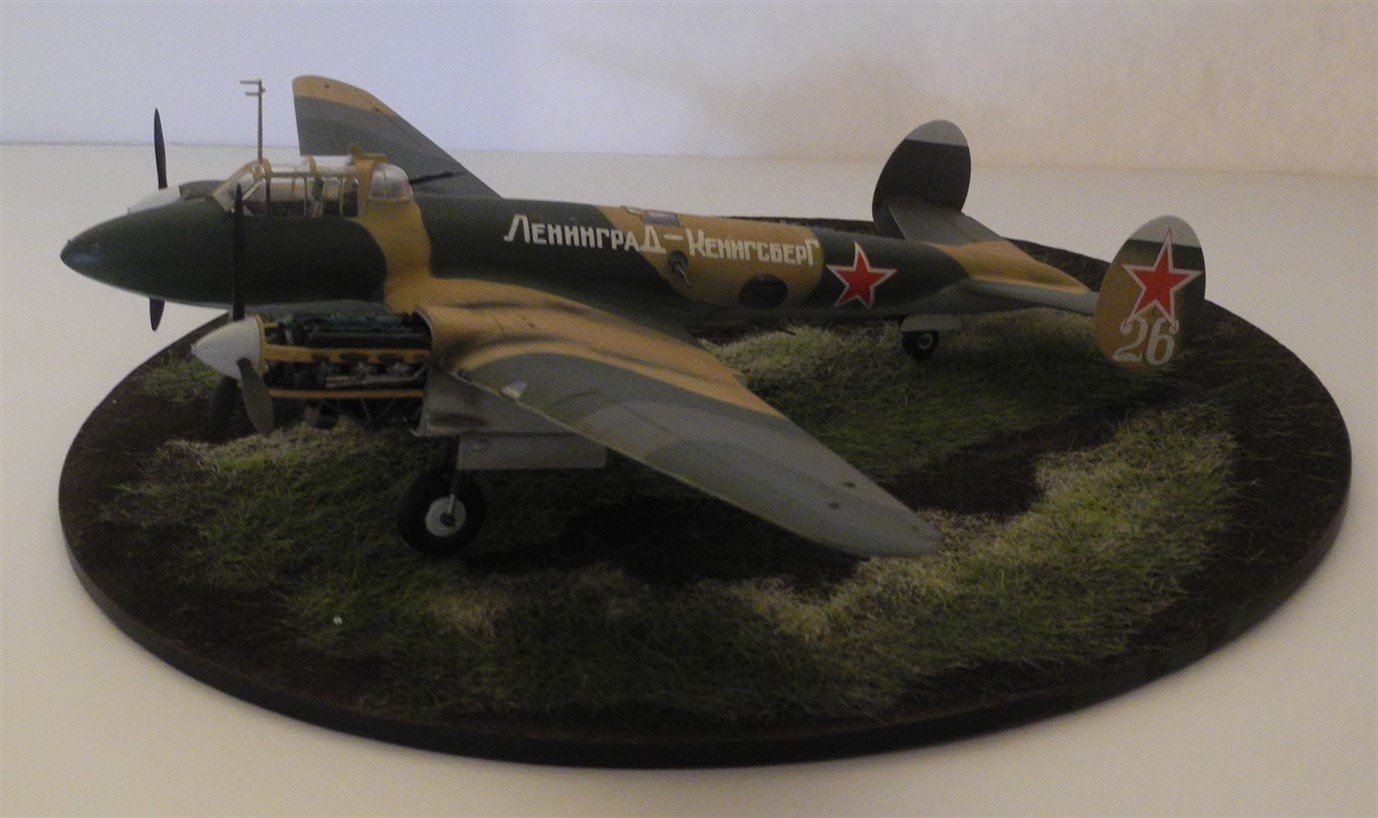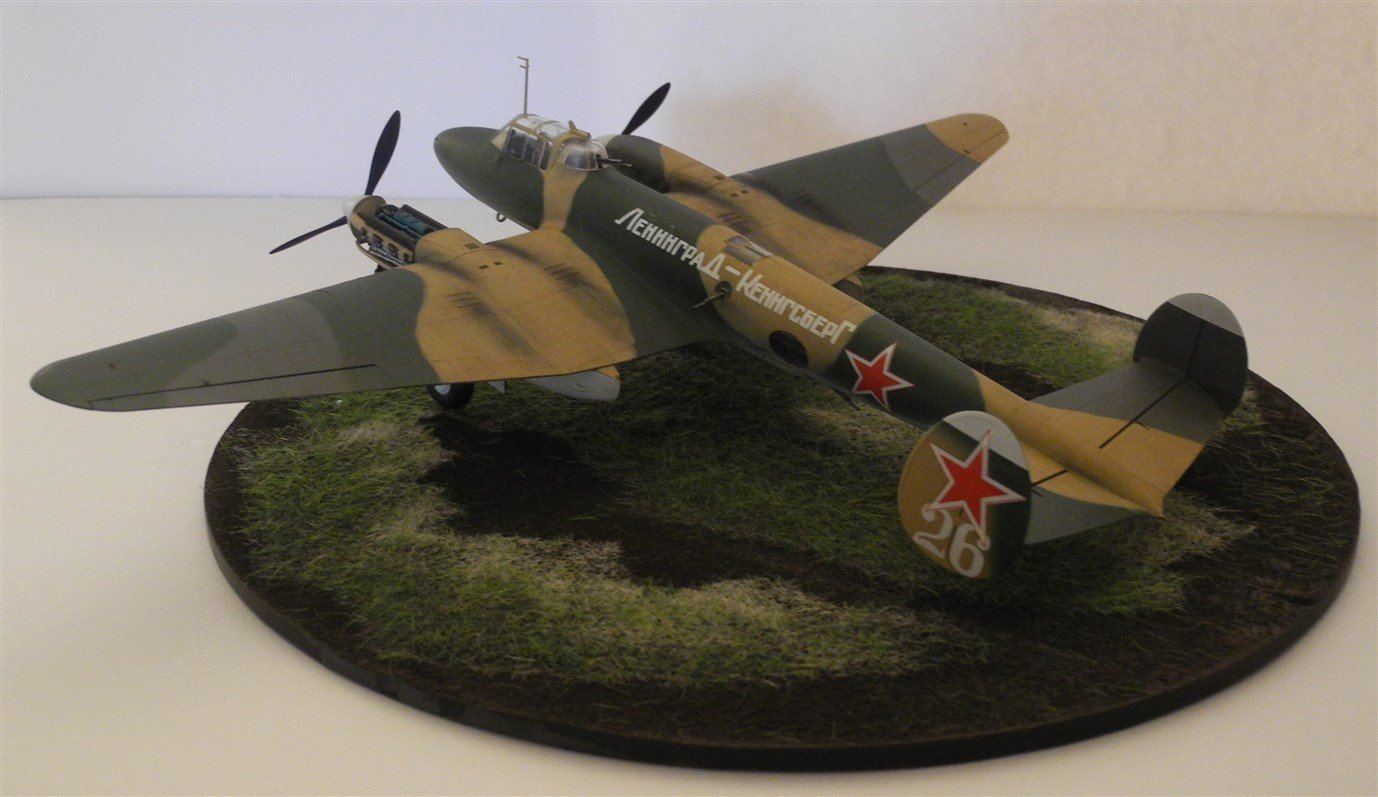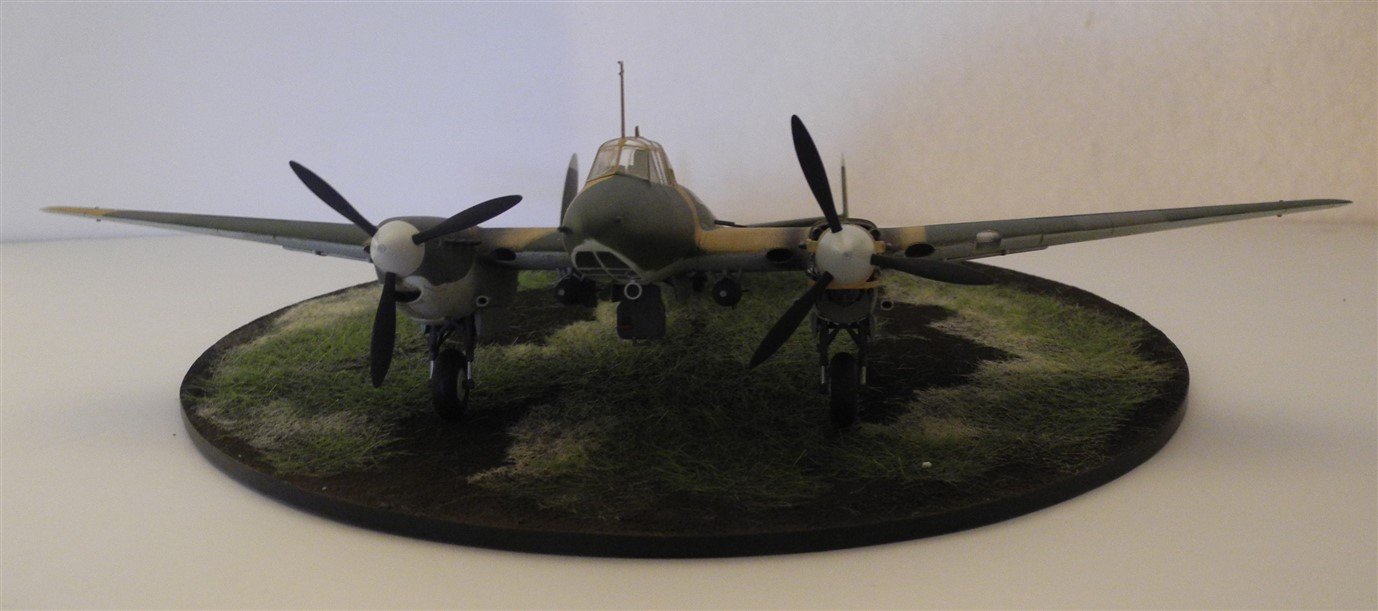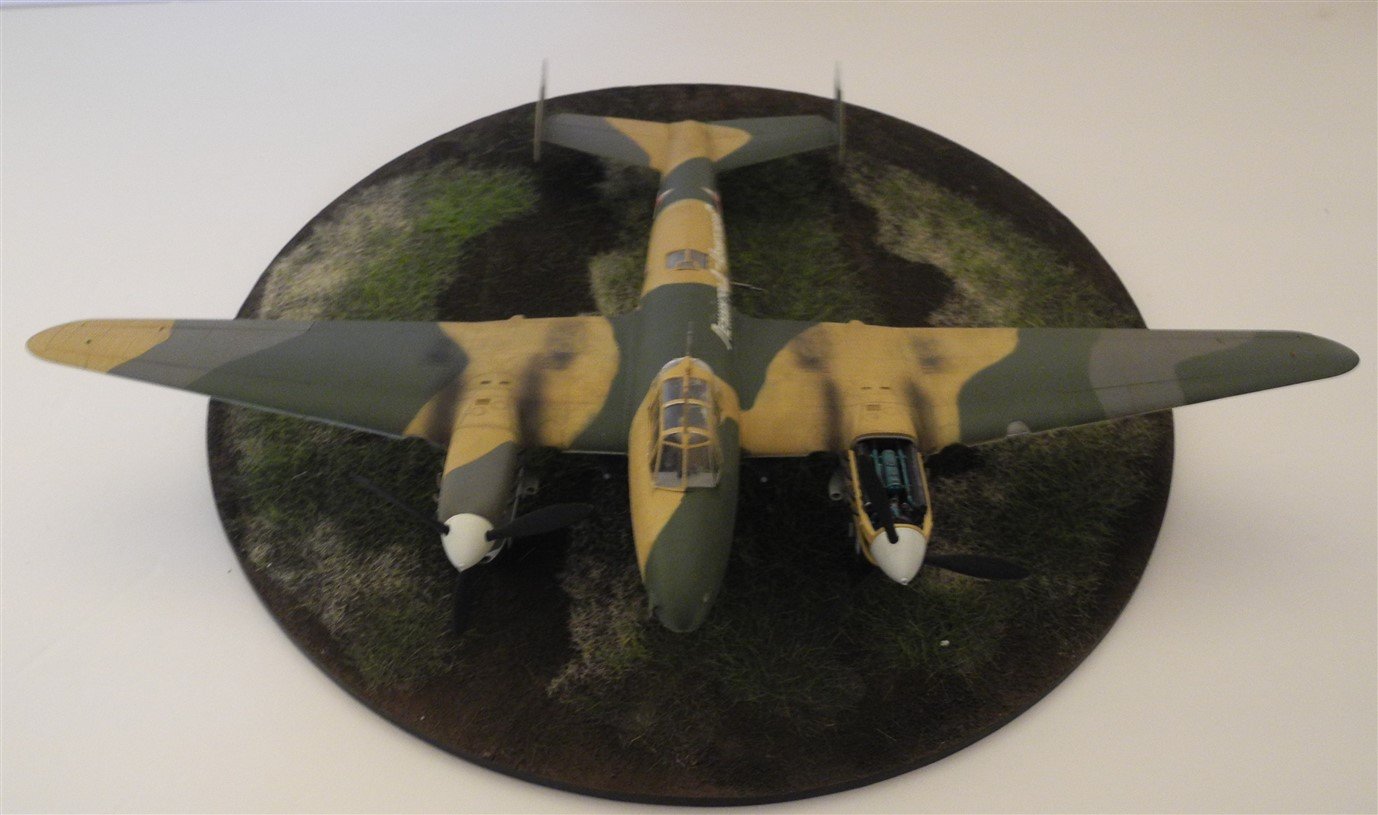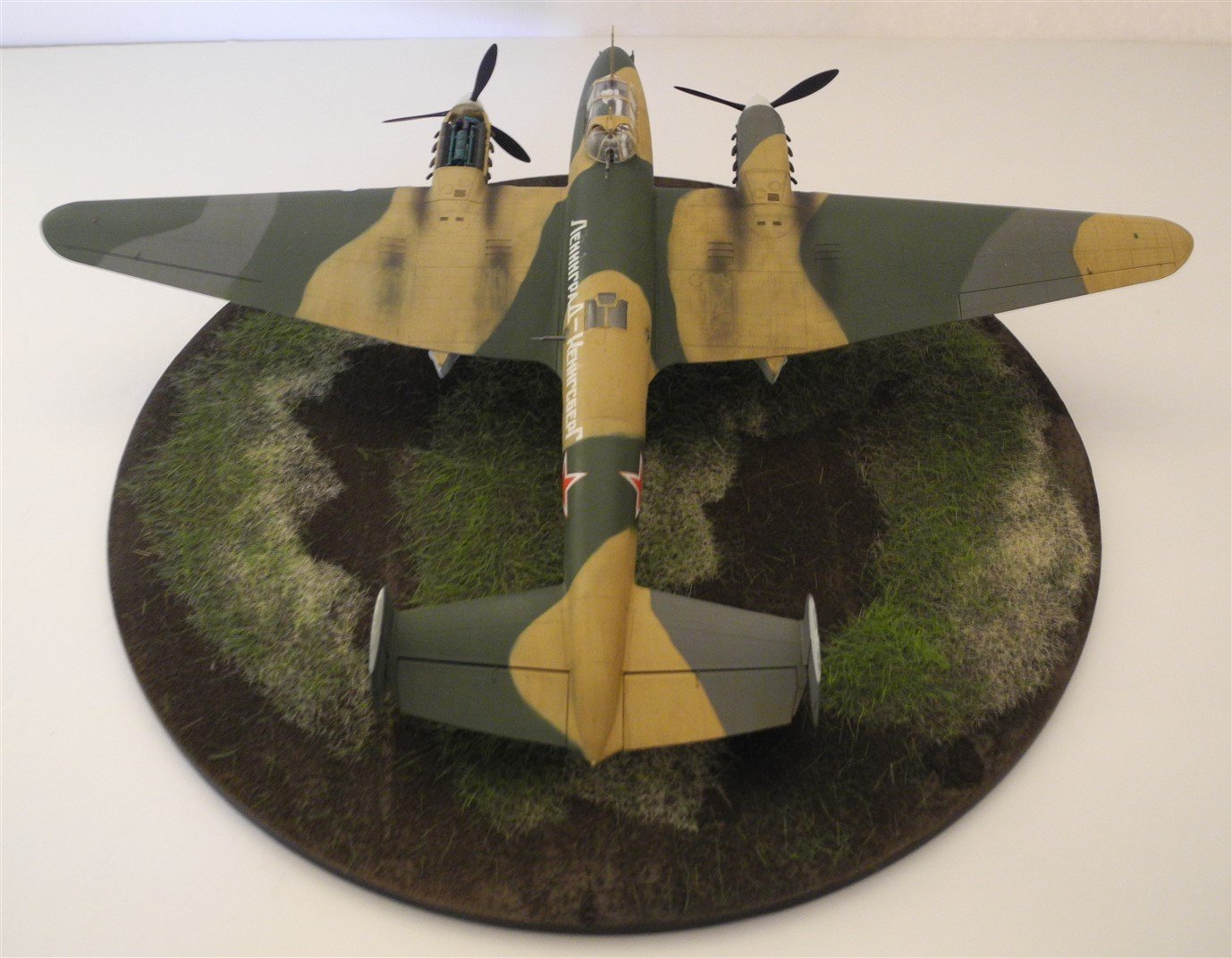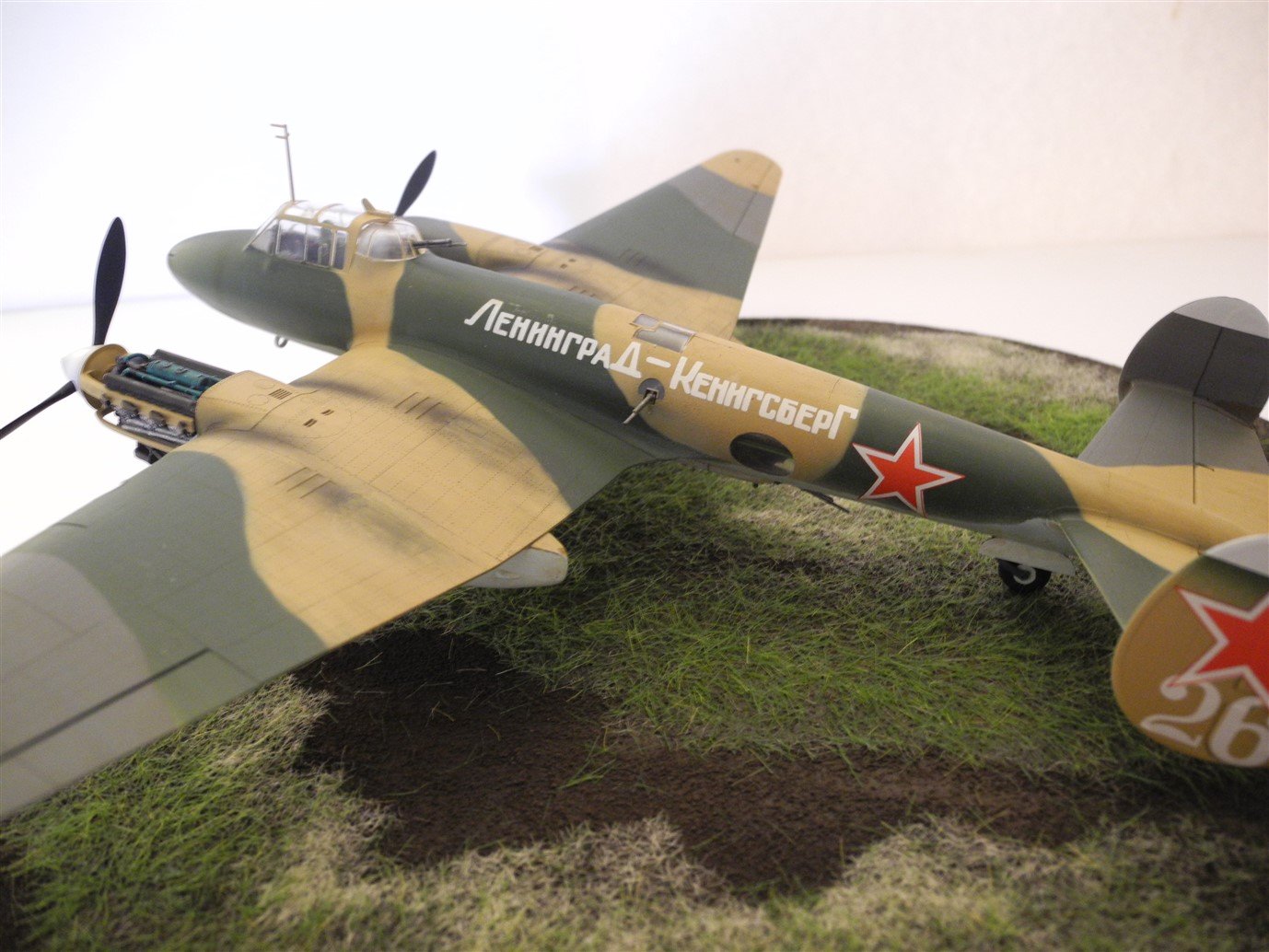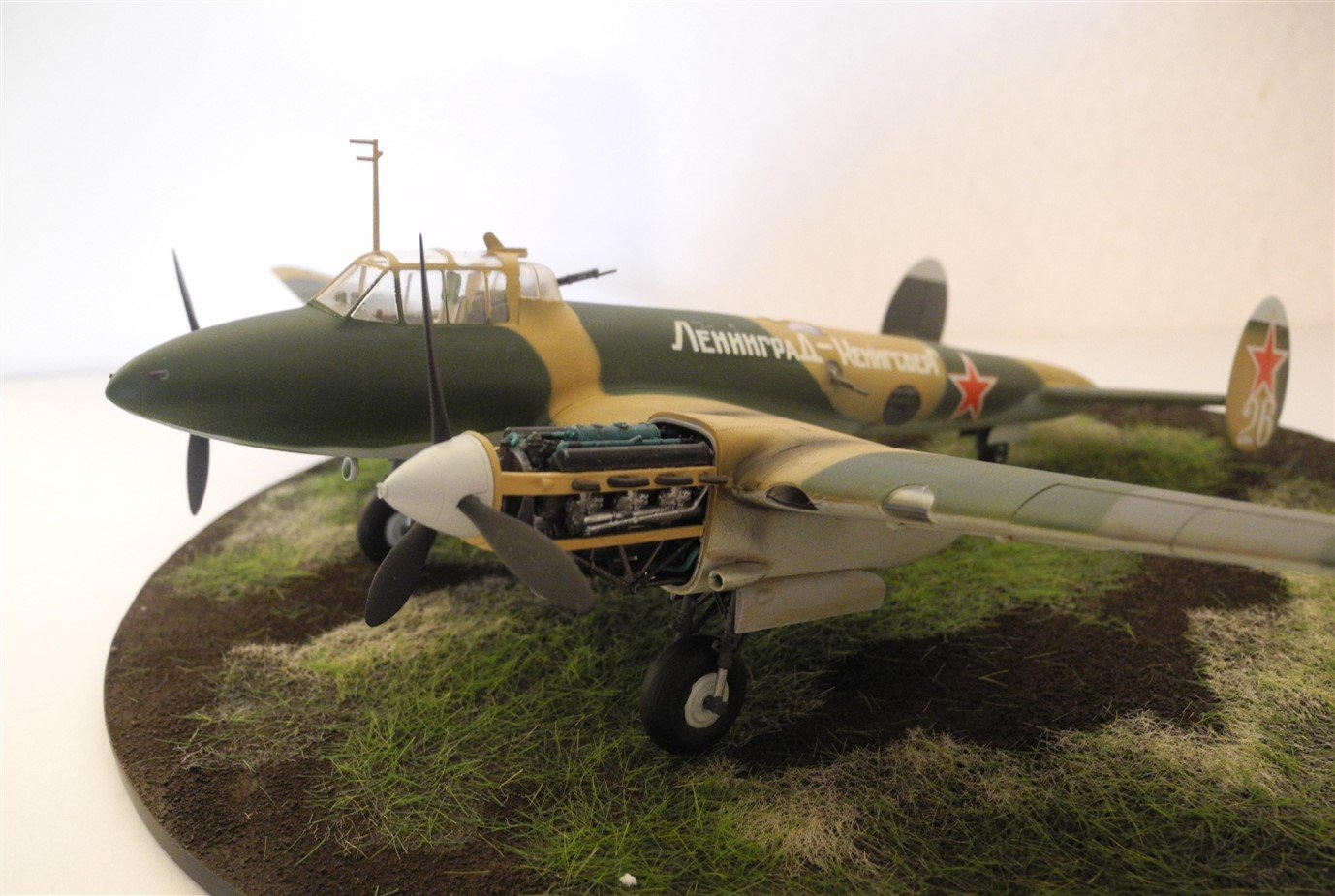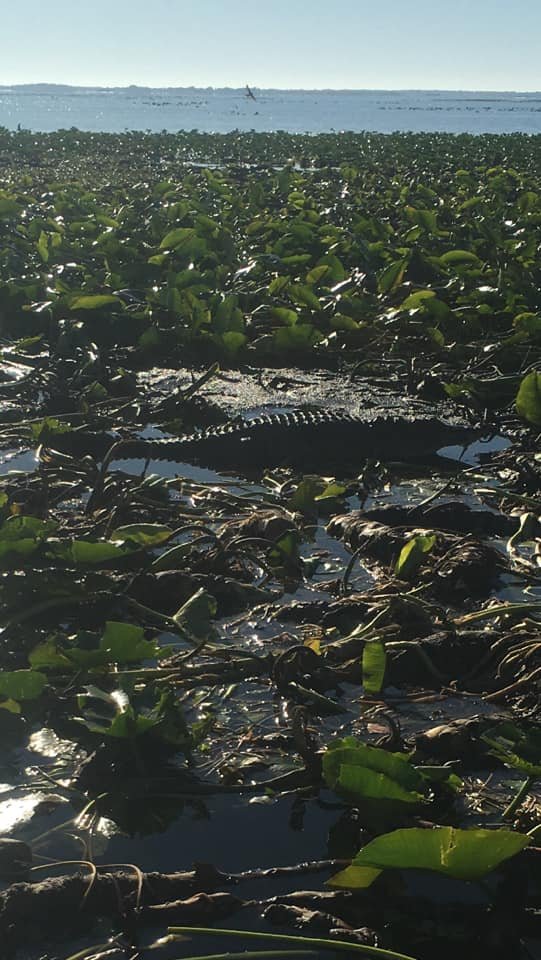-
Posts
7,743 -
Joined
-
Last visited
Content Type
Profiles
Forums
Gallery
Events
Everything posted by CDW
-

Bell UH-1H Huey By lmagna - Dragon - 1/35 - PLASTIC
CDW replied to lmagna's topic in Non-ship/categorised builds
I suggest you acquire a bottle of Mr Color thinner, preferably the leveling thinner rather than the standard thinner, then use that to thin and paint the resin parts. Mix in 50:50 ratio for starters. Thin more if needed. It will stick much better than acrylic by far. The Mr. Color paints we talked about are solvent based paints and high quality as long as they have not deteriorated by age and/or extreme temperatures. Acrylic paints can be ruined if they are exposed to freezing temps. -
Love the pirate figures and what they add to the model. A great variety of poses in that set.
-
The focal point of this model are the interior components. Not sure how much of it will be seen once the fuselage halves go together, but it does have an open bomb bay, and open hatch for the gunner's station in the ventral position. While even now the interior parts look complex, this is only about 50% of what will be the sum of it, while I still must add a lot of detail including the gun turret, the ventral gun station, and options for an extra fuel tank, or a torpedo, or four bombs in the bomb bay.
-
I agree with you OC. EJ did an outstanding job making the sails. Impressive work.
- 961 replies
-
By any chance, was your visit to the Bounty in St. Petersburg, Fla? I visited the Bounty there in the 60's as well. I believe it was still there in the 70's.
-
Wow OC, your figures make a very real difference in the look of the entire ship. They look superb and all your effort is rewarded. I'll bet the wife is loving the model now that it's so close to finish.
-
D.H.2 is a favorite WW1 aircraft. Glad to find your build thread.
-

Acrylic paint tips and techniques
CDW replied to Canute's topic in Painting, finishing and weathering products and techniques
I often use retarder when brushing on acrylic paints to slow down the drying time and avoid lap marks. This is particularly true of Tamiya acrylic paints which have a tendency to dry very quickly and are difficult to brush on because of that. -
Glad you're back! Been there and did similar when my oldest brother passed away. Just needed some time to sort out my thoughts and didn't feel like doing the same old things, but eventually the pain eases and life returns to normal. Hang in there, we're all pulling for you. What you've done on the model looks super!
-
Added a wash Added weathering Added the last final detail parts She's finished, the Soviet WW2 dive bomber produced in higher numbers than any other (Russian) bomber of the war. For me, it was a very enjoyable build. For the small cost of the kit, it was a pleasant surprise in terms of detail, engineering, and lack of flash, sink marks, etc. A very nice kit that I highly recommend.
-
The boat is unique. It reminds me of a big, fancy, motorized canoe. It's so unusual, I like it.
-
Great to meet you, Bob. Enjoyed your Coast Guard story.
About us
Modelshipworld - Advancing Ship Modeling through Research
SSL Secured
Your security is important for us so this Website is SSL-Secured
NRG Mailing Address
Nautical Research Guild
237 South Lincoln Street
Westmont IL, 60559-1917
Model Ship World ® and the MSW logo are Registered Trademarks, and belong to the Nautical Research Guild (United States Patent and Trademark Office: No. 6,929,264 & No. 6,929,274, registered Dec. 20, 2022)
Helpful Links
About the NRG
If you enjoy building ship models that are historically accurate as well as beautiful, then The Nautical Research Guild (NRG) is just right for you.
The Guild is a non-profit educational organization whose mission is to “Advance Ship Modeling Through Research”. We provide support to our members in their efforts to raise the quality of their model ships.
The Nautical Research Guild has published our world-renowned quarterly magazine, The Nautical Research Journal, since 1955. The pages of the Journal are full of articles by accomplished ship modelers who show you how they create those exquisite details on their models, and by maritime historians who show you the correct details to build. The Journal is available in both print and digital editions. Go to the NRG web site (www.thenrg.org) to download a complimentary digital copy of the Journal. The NRG also publishes plan sets, books and compilations of back issues of the Journal and the former Ships in Scale and Model Ship Builder magazines.

.jpg.7e80607770d9078b2f0b470e8c9c33ac.jpg)

